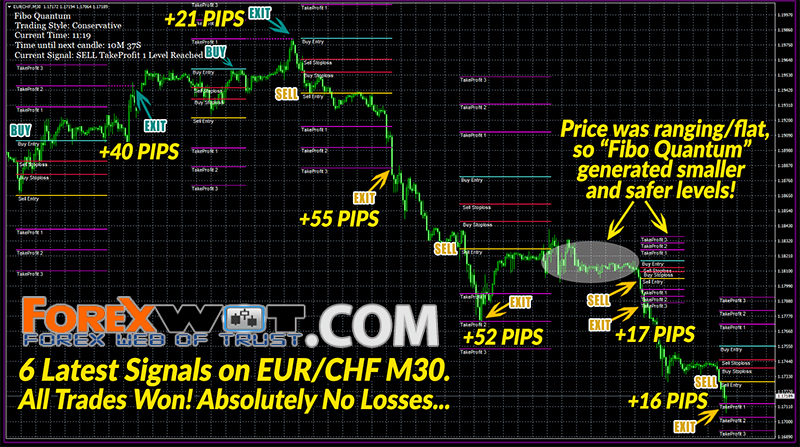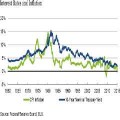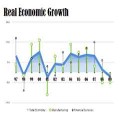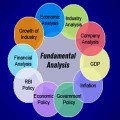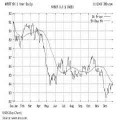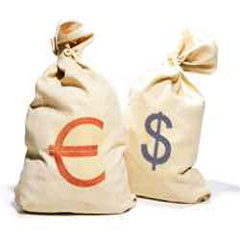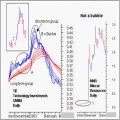The following theories explain the fluctuations in exchange rates in a floating exchange rate regime (In a fixed exchange rate regime, rates are decided by its government):
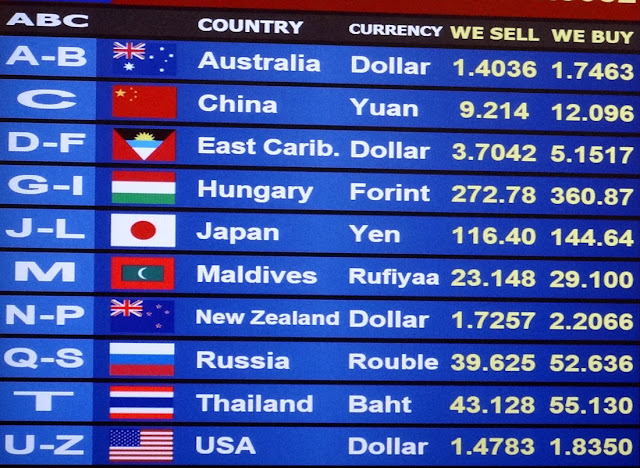 International parity conditions: Relative purchasing power parity, interest rate parity, Domestic Fisher effect, International Fisher effect. Though to some extent the above theories provide logical explanation for the fluctuations in exchange rates, yet these theories falter as they are based on challengeable assumptions [e.g., free flow of goods, services and capital] which seldom hold true in the real world.
International parity conditions: Relative purchasing power parity, interest rate parity, Domestic Fisher effect, International Fisher effect. Though to some extent the above theories provide logical explanation for the fluctuations in exchange rates, yet these theories falter as they are based on challengeable assumptions [e.g., free flow of goods, services and capital] which seldom hold true in the real world.- Balance of payments model: This model, however, focuses largely on tradable goods and services, ignoring the increasing role of global capital flows. It failed to provide any explanation for continuous appreciation of dollar during the 1980s and most part of the 1990s in face of soaring US current account deficit.
- Asset market model: views currencies as an important asset class for constructing investment portfolios. Assets prices are influenced mostly by people’s willingness to hold the existing quantities of assets, which in turn depends on their expectations on the future worth of these assets. The asset market model of exchange rate determination states that “the exchange rate between two currencies represents the price that just balances the relative supplies of, and demand for, assets denominated in those currencies.”
None of the models developed so far succeed to explain exchange rates and volatility in the longer time frames. For shorter time frames (less than a few days), algorithms can be devised to predict prices. It is understood from the above models that many macroeconomic factors affect the exchange rates and in the end currency prices are a result of dual forces of demand and supply.
The world’s currency markets can be viewed as a huge melting pot: in a large and ever-changing mix of current events, supply and demand factors are constantly shifting, and the price of one currency in relation to another shifts accordingly. No other market encompasses (and distills) as much of what is going on in the world at any given time as foreign exchange.
Supply and demand for any given currency, and thus its value, are not influenced by any single element, but rather by several. These elements generally fall into three categories: economic factors, political conditions and market psychology.
Economic factors
These include: (a) economic policy, disseminated by government agencies and central banks, (b) economic conditions, generally revealed through economic reports, and other economic indicators.
- Economic policy comprises government fiscal policy (budget/spending practices) and monetary policy (the means by which a government’s central bank influences the supply and “cost” of money, which is reflected by the level of interest rates).
- Government budget deficits or surpluses: The market usually reacts negatively to widening government budget deficits, and positively to narrowing budget deficits. The impact is reflected in the value of a country’s currency.
- Balance of trade levels and trends: The trade flow between countries illustrates the demand for goods and services, which in turn indicates demand for a country’s currency to conduct trade. Surpluses and deficits in trade of goods and services reflect the competitiveness of a nation’s economy. For example, trade deficits may have a negative impact on a nation’s currency.
- Inflation levels and trends: Typically a currency will lose value if there is a high level of inflation in the country or if inflation levels are perceived to be rising. This is because inflation erodes purchasing power, thus demand, for that particular currency. However, a currency may sometimes strengthen when inflation rises because of expectations that the central bank will raise short-term interest rates to combat rising inflation.
- Economic growth and health: Reports such as GDP, employment levels, retail sales, capacity utilization and others, detail the levels of a country’s economic growth and health. Generally, the more healthy and robust a country’s economy, the better its currency will perform, and the more demand for it there will be.
- Productivity of an economy: Increasing productivity in an economy should positively influence the value of its currency. Its effects are more prominent if the increase is in the traded sector.
Political conditions
Internal, regional, and international political conditions and events can have a profound effect on currency markets.
All exchange rates are susceptible to political instability and anticipations about the new ruling party. Political upheaval and instability can have a negative impact on a nation’s economy.
For example, destabilization of coalition governments in Pakistan and Thailand can negatively affect the value of their currencies. Similarly, in a country experiencing financial difficulties, the rise of a political faction that is perceived to be fiscally responsible can have the opposite effect. Also, events in one country in a region may spur positive/negative interest in a neighboring country and, in the process, affect its currency.
Market psychology
Market psychology and trader perceptions influence the foreign exchange market in a variety of ways:
- Flights to quality: Unsettling international events can lead to a “flight-to-quality”, a type of capital flight whereby investors move their assets to a perceived “safe haven”. There will be a greater demand, thus a higher price, for currencies perceived as stronger over their relatively weaker counterparts. The US dollar, Swiss franc and gold have been traditional safe havens during times of political or economic uncertainty.
- Long-term trends: Currency markets often move in visible long-term trends. Although currencies do not have an annual growing season like physical commodities, business cycles do make themselves felt. Cycle analysis looks at longer-term price trends that may rise from economic or political trends.
- “Buy the rumor, sell the fact”: This market truism can apply to many currency situations. It is the tendency for the price of a currency to reflect the impact of a particular action before it occurs and, when the anticipated event comes to pass, react in exactly the opposite direction. This may also be referred to as a market being “oversold” or “overbought”.[78] To buy the rumor or sell the fact can also be an example of the cognitive bias known as anchoring, when investors focus too much on the relevance of outside events to currency prices.
- Economic numbers: While economic numbers can certainly reflect economic policy, some reports and numbers take on a talisman-like effect: the number itself becomes important to market psychology and may have an immediate impact on short-term market moves. “What to watch” can change over time. In recent years, for example, money supply, employment, trade balance figures and inflation numbers have all taken turns in the spotlight.
- Technical trading considerations: As in other markets, the accumulated price movements in a currency pair such as EUR/USD can form apparent patterns that traders may attempt to use. Many traders study price charts in order to identify such patterns.

